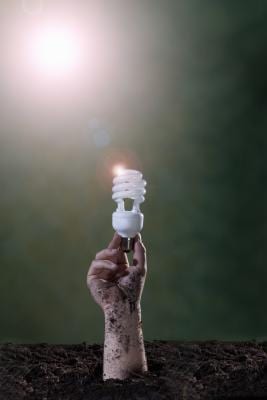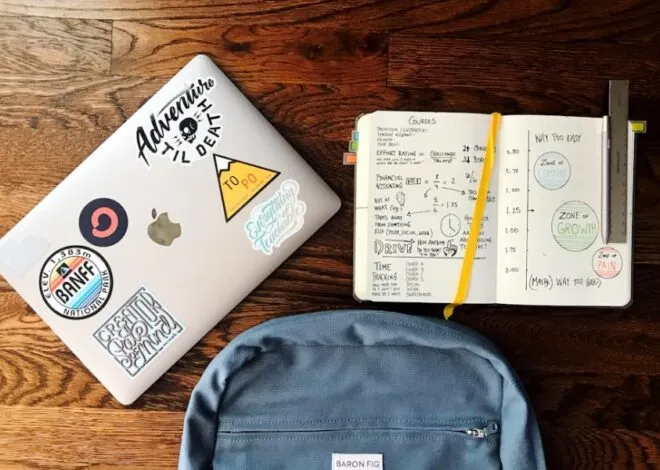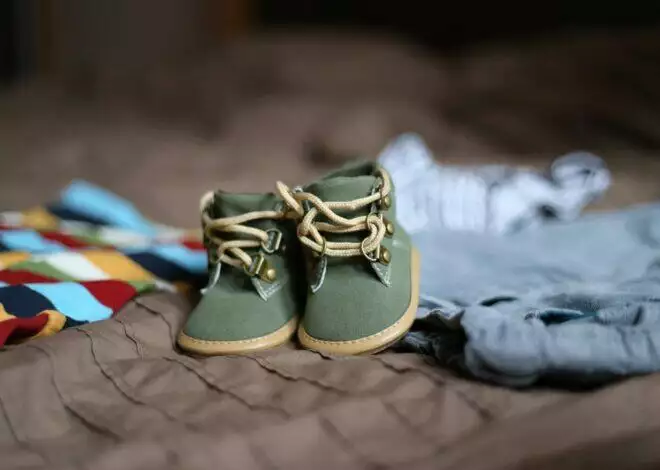If you are trying to reduce the amount of energy used in your home, consider starting off by cutting back on how much lighting you use. Of all the electricity used in homes across America, 15 percent of it is for residential lighting consumption, according to a 2008 report by the U.S. Energy Information Administration.
Switch Bulbs
Switching to energy-saving compact fluorescent light bulbs can save you money, in addition to saving energy. Energy-saving bulbs use a fraction of the electricity incandescent bulbs use, according to the Environmental Defense Fund. Incandescent bulbs waste energy because they use little of the total amount of energy they require to work to actually produce light. The rest of the energy goes into producing heat, which can make the temperature of the room they are in warmer. In the summer months, the warmer the room, the more energy is required to cool it. As a result, switching to energy-saving light bulbs can reduce the amount of energy needed to cool the room, as well as your cooling costs, in the hot summer months. In addition to costing about 75 percent less to operate, energy-saving light bulbs last about 10 times longer than incandescent bulbs, according to Business.gov.
Install Lighting Controls
While you can turn the lights on and off when you enter and leave a room, lighting controls can help ensure that the lights are off when no one is in the room, even if you or your children forget to turn them off. By using lighting controls that automatically turn the lights on and off as needed, you can prevent energy waste. There are several types of lighting controls that can help you save energy. Dimmers allow you to reduce the watts and output of a light bulb, which can reduce energy use. Lighting occupancy controls turn the lights on when you enter a room and turn them off when you leave the room. By using ultrasonic or infrared sensors, the controls are able to detect motion in the room and automatically turn the lights off when no motion is detected in the room.
Reduce Lighting Use
You can reduce your lighting use by turning the lights off when you don’t need them and by adjusting the lighting to your actual lighting needs, according to Business.gov. Teaching children to shut the lights off when they are not needed can help them develop energy-saving habits and reduce energy waste. You can also reduce your lighting use by capitalizing on natural light. During daylight hours, sitting by the windows to do activities, like reading or sewing, instead of turning on the lights can help to save energy.





